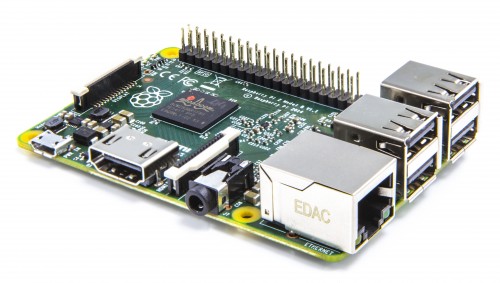Time for some Pi
The Raspberry Pi is a single-board credit-card-sized computer introduced in 2012. The computer was designed for use in teaching computer science to a new generation whose cell phones and modern computers had reduced the number of children who knew how computers actually worked. Used in education as well as by hobbyists, the Raspberry Pi has been incredibly successful and has sold over four million units. New versions of the Raspberry Pi are designed by the non-profit Raspberry Pi Foundation, and then built by multiple partner manufacturers. This week the Raspberry Pi Foundation announced the availability of their second-generation board, the Raspberry Pi 2 Model B. It's not the second board (there has been the Model A, Model A+, Model B, and Model B+ before, as well as the Pi Compute Module for embedded applications), but rather it is the first board since introduction to use a new processor, the Broadcom BCM2836. The new processor is roughly six times as fast as the previous processor, going from a single-core ARM11 to a quad-core ARM Cortex-A7 processor, as well doubling the RAM to 1GB (shared with the GPU). Despite those changes, the board remains backwards-compatible with previous Raspberry Pi software, the hardware is pin-compatible with the previous Model B+ board,…
